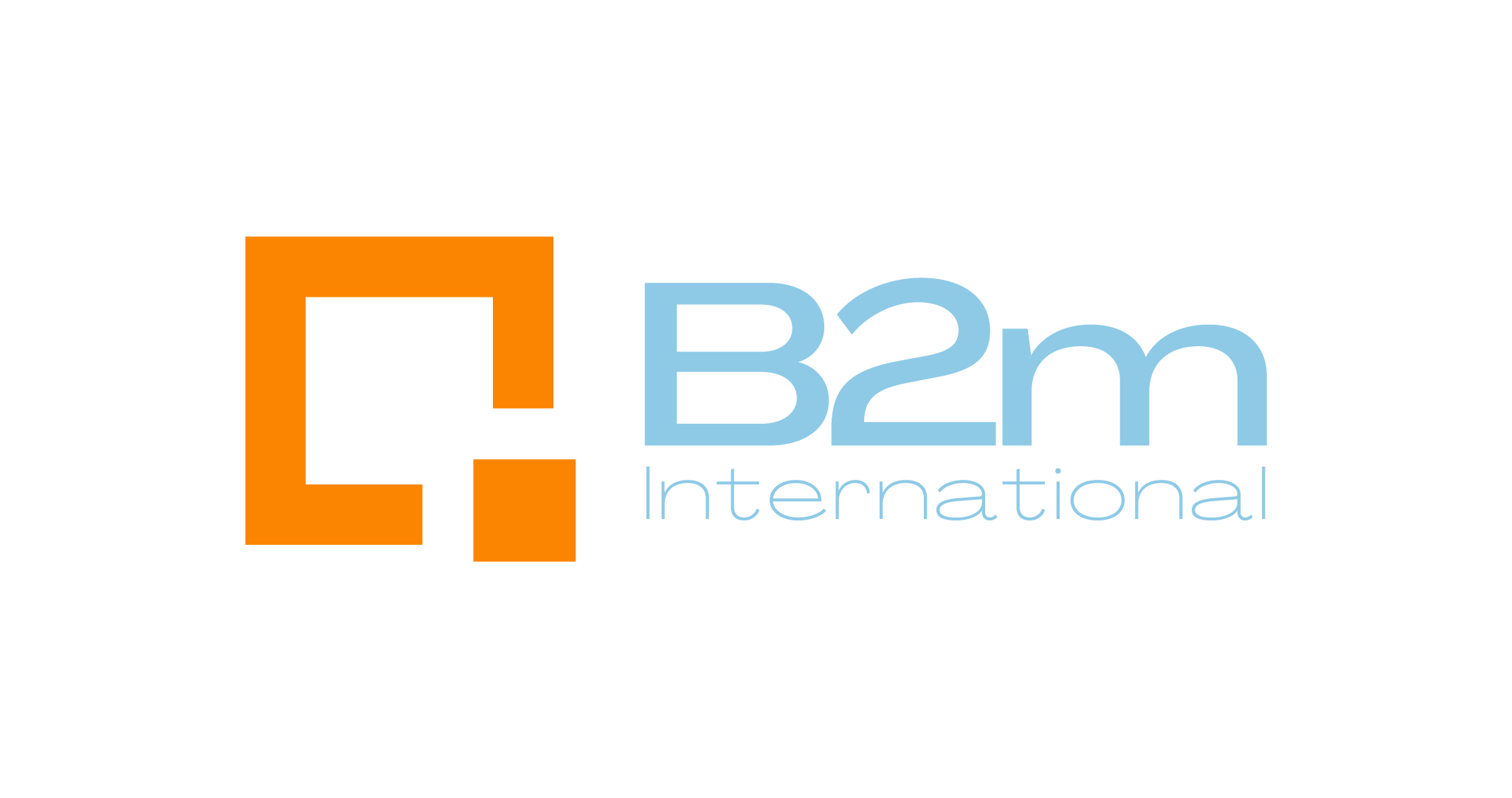Two of Australia’s largest government organizations implemented full Microsoft Office 365 Technology across its combined 50,000 employees.

The case for change
The rapidly changing technology landscape is impacting the lives of government employees, increasing the need for constant communication and flexible ways to connect and to
collaborate. The adoption of Activity Based Working (ABW) has meant that communications and collaboration-focused applications and hardware (mobile devices, smart boards and PCs) need to support a mobile workforce where employees work across multiple sites, from home or during the times they are on the go.
The new and interconnected future workplace requires a new approach, backed by policies and procedures, to resource management and operations – enabling employees to work at
times that suit both themselves, their families and meet the requirements of the organization.
Our scope:
- To design a future workplace operating model featuring revised policies and procedures defining how to manage resources in a flexible way through the support of flexible and mobile applications and hardware
- To perform a rigorous stakeholder, impact and training needs analysis across both government organizations, to understand the level of impact and the type and level of intervention required to achieve adoption of the future workplace applications, hardware and ways of working
- To design and implement an awareness and adoption campaign for the successful adoption and continued use of the new Microsoft Office 365 suite
- To create the learning and development and campaign collateral needed to support the campaign and eventual adoption approach
- To determine hard and soft business benefits and the measurement mechanism to ensure the continued measurement of benefits against targets


What we were up against
Government organizations are typically large, inflexible, filled with diverse and incompatible applications and data management processes policies and infrastructure. The implementation of Microsoft 365, Activity Based Working (ABW) and hardware across two large government organizations presented huge logistical and technology challenges however, the psychological shift from traditional ways of working to the new future workplace scenario required an extensive campaign of change management from the top down.

Outcome achieved
These highly successful programs introduced a more flexible way of working to more than 50,000 government employees who are now working within the future workplaces model. The number of sites required to support the workforce has been reduced by 4 (approximately 3,500 workstations) leading to more than AUD $20M in opex savings in the first year alone, and the productivity of employees working within this model has increased significantly.
